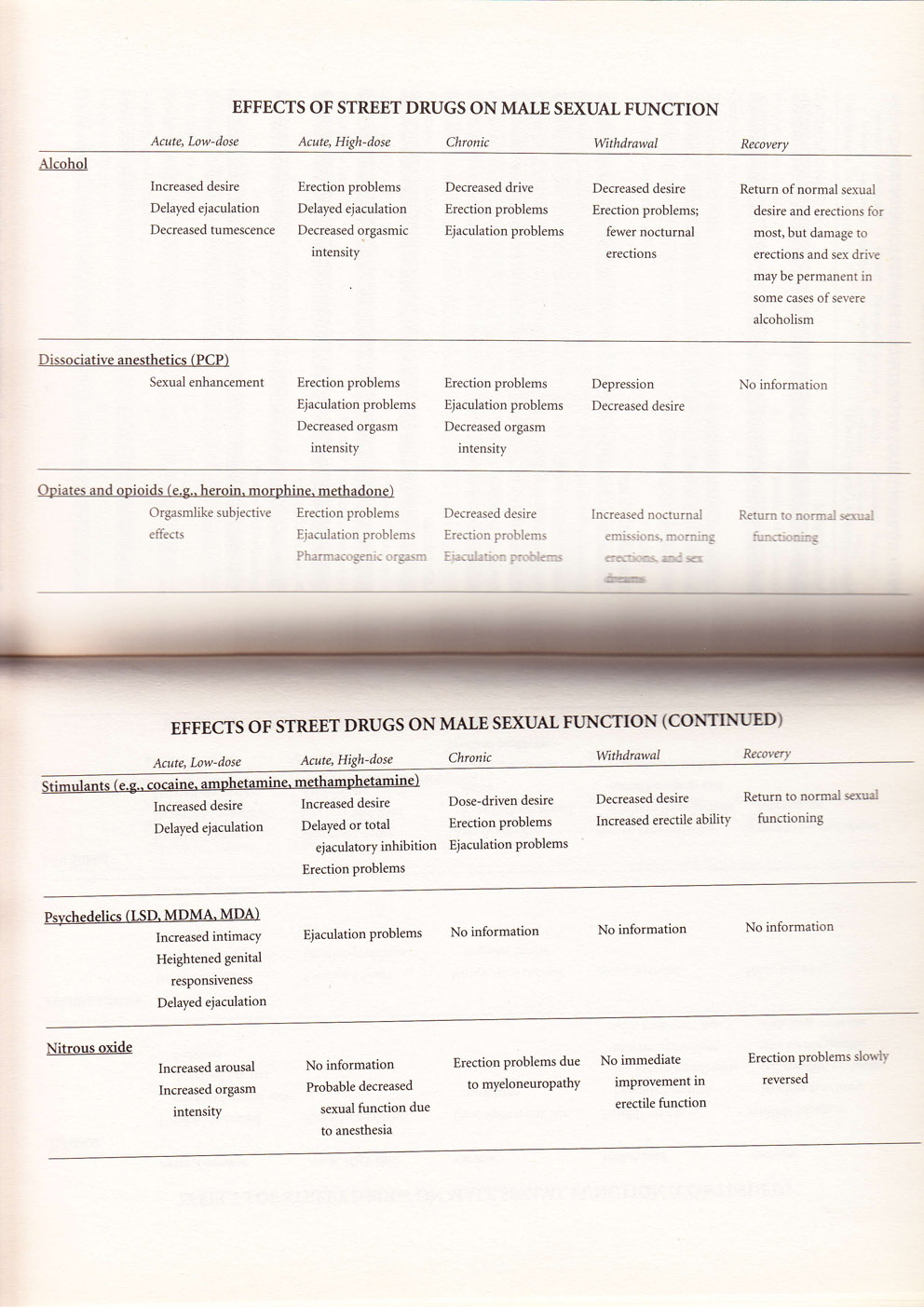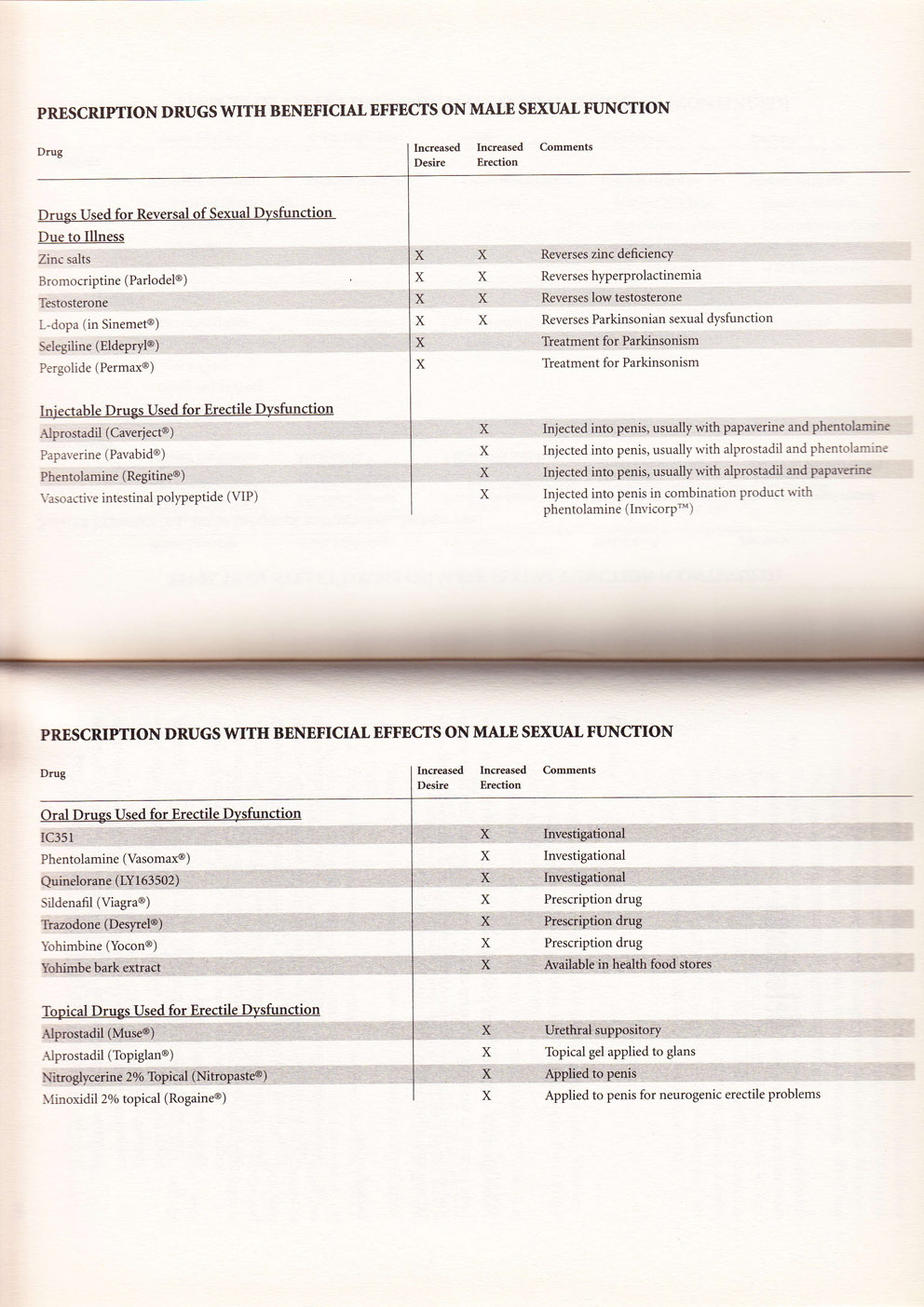This article was published a while back in the New York Times. It's a great, thought-provoking (and controversial) read about changing gender power dynamics within opposite sex relationships, and its impact on sex and sexual satisfaction. It's a long read, but worth it. The comments are really interesting, too, with some alternate perspectives and explanations represented. Someone I spoke with also suggested that the phenomenon described could be better accounted for by differences between women's and men's sexual desire. Especially in long-term relationships, women's sexual desire tends to be more reactive than spontaneous (this is central to Basson's female sexual desire model). So in an egalitarian relationship, in which responsibility for initiating sex is shared, you would expect to see a decline in sex compared to a relationship in which the male partner decides when sex happens.
Does a More Equal Marriage Mean Less Sex? By Lori Gottlieb
[…]
A study called “Egalitarianism, Housework and Sexual Frequency in Marriage,” which appeared in The American Sociological Review last year, surprised many, precisely because it went against the logical assumption that as marriages improve by becoming more equal, the sex in these marriages will improve, too. Instead, it found that when men did certain kinds of chores around the house, couples had less sex. Specifically, if men did all of what the researchers characterized as feminine chores like folding laundry, cooking or vacuuming — the kinds of things many women say they want their husbands to do — then couples had sex 1.5 fewer times per month than those with husbands who did what were considered masculine chores, like taking out the trash or fixing the car. It wasn’t just the frequency that was affected, either — at least for the wives. The more traditional the division of labor, meaning the greater the husband’s share of masculine chores compared with feminine ones, the greater his wife’s reported sexual satisfaction.
[…]
Brines believes the quandary many couples find themselves in comes down to this: “The less gender differentiation, the less sexual desire.” In other words, in an attempt to be gender-neutral, we may have become gender-neutered. It’s interesting to note that when I asked Justin Garcia, a research scientist at the Kinsey Institute, whether lack of gender differentiation affects the sex lives of gay couples, he said that male couples, who have more sex than lesbian couples, tend to differentiate by choosing partners sexually unlike themselves — who, say, want to be in the more submissive sexual position — and that lesbians don’t follow as much of a pattern of seeking their sexual opposites. I posed the same question to Pepper Schwartz, a sociology professor at the University of Washington who coined the term “lesbian bed death,” and she pointed out that gay male couples differentiate from each other in other ways, too. For gay men, she said, “the initial filter is erotic, so they’re more likely to end up with somebody who’s very different in terms of education or social class.” But, she continued, “a gay woman thinks like the heterosexual woman who asks: ‘Do we share common goals? Do we like to do things together? Is he smart?’ ” She believes that lesbian and heterosexual couples share sexual challenges because both relationships involve women who tend to seek similar mates. As she put it, most men, regardless of sexual orientation, prioritize the erotic, but “heterosexual men have to deal with heterosexual women.”
[…]
When I asked Esther Perel, a couples therapist whose book, “Mating in Captivity,” addresses the issue of desire in marriage, about the role sexual scripts play in egalitarian partnerships, she explained it like this: “Egalitarian marriage takes the values of a good social system — consensus-building and consent — and assumes you can bring these rules into the bedroom. But the values that make for good social relationships are not necessarily the same ones that drive lust.” In fact, she continued, “most of us get turned on at night by the very things that we’ll demonstrate against during the day.”
[…]
One woman in her late 30s, for instance, who has been in a peer marriage for 10 years, said during couples therapy that when she asked her husband to be more forceful, “rougher,” in bed, the result was comical.
“He was trying to do what I wanted,” she explained, “but he was so . . . careful. I don’t want him to ask, ‘Are you O.K.?’ I want him not to care if I’m O.K., to just, you know, not be the good husband and take charge.” And yet, she said, his caring and his concern that she’s O.K. with what he’s doing are what she loves so much about him in every other area of their marriage, ranging from which brand of toilet paper to buy to what to feed their children to where their money is spent and which nights each of them can stay late at work. “I don’t want him to take charge like that with anything else!” she said.
I mentioned this situation to Dan Savage, the sex columnist, who told me that he sees similar themes in the letters he receives and the questions he fields at personal appearances. At a recent talk, for instance, one woman asked him if a certain sex act was “loving or degrading?”
“My reply was, ‘Yes,’ ” he told me. “Why can’t it be both?” He continued: “People have to learn to compartmentalize. We all want to be objectified by the person we love at times. We all want to be with somebody who can flip the switch and see you as an object for an hour. Sometimes sex is an expression of anger or a struggle for power and dominance. They work in concert. People need to learn how to harness those impulses playfully in ways that are acceptable in equal relationships.”












